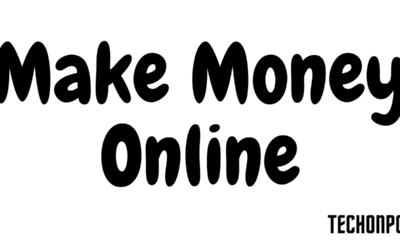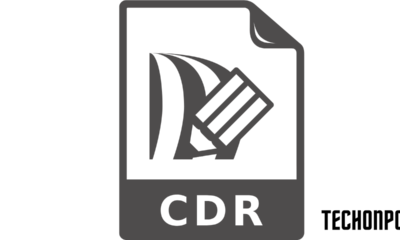
eCommerce
Trust has to exist in all types of relationships. For example, you are reading this because you believe in us and what we can offer you to grow your business. And you are not wrong. Here we leave you the following summary with the best tips from the last “From 0 to 100” for your eCommerce.
This new session featured two luxury guests who place the client at the center of the entire strategy.
Analytics for eCommerce.
We started with the CEO of Elite Perfumes, Aakash Goklani, who told us about his experience (more than 15 years), his mistakes, and motivations to climb in the business.
He explained that he has tried all media, literally all, from digital ones like Google Ads (take some help from Google Ads agency in Adelaide), Facebook, and Instagram Ads, to traditional radio. Also its position in front of the Marketplace as an opportunity for visibility for the brand and its disadvantages.
One of his recommendations was to use the Google Analytics platform to measure basic metrics. What should you measure? For example:
- Traffic
- Sessions per device
- Transactions
- Bounce rate by device
- Overall conversion rate
- Conversion rate per device
- The conversion rate of returnees versus new users
- Average order value
In short, regardless of the medium, you choose to publicize your business, you always have to measure your metrics to optimize your campaigns in the best way.
What is Inbound Marketing?
In the second leg of this session, we had Pablo Moena, CEO of Webketing, an agency dedicated to Inbound Marketing, and he explained to us how he carries out and implements this methodology, where the main focus is the customer experience.
Did you get lost when we mentioned Inbound Marketing?
Here we tell you how the conversion funnel was left behind and now efforts are always directed to the user in a circular model called Flywheel.
What is Flywheel?
It is a mechanism that stores energy and then releases it. It’s designed to keep an engine running even when you’re not hitting the gas pedal.
The Inbound Marketing methodology:
- The Inbound Cycle constitutes a new business model.
- It forces you to invest in your clients to grow.
- Each stage of the methodology drives the next stage.
As the last point says, each part of this circular model powers the following:
- Attract: This is where prospects enter your cycle and interact with your company for the first time
- Interact Stage of interaction with prospects. We must make the decision and purchase process as easy as possible.
- Delight: Your new customers can become promoters of your company. The success of your clients is your success.
The customer is always at the center, because in Pablo Moena’s own words: “A happy customer is a customer who returns.” That’s what this strategy is about: investing in your clients, giving them an excellent experience, and that they become your best Marketing.
Shall we start the Inbound Marketing wheel?
To start:
- Measure your flywheel
- Maximize the delight
- Reduces friction.

 Microsoft4 years ago
Microsoft4 years ago
 Torrent4 years ago
Torrent4 years ago
 Money4 years ago
Money4 years ago
 Torrent4 years ago
Torrent4 years ago
 Education3 years ago
Education3 years ago
 Technology4 years ago
Technology4 years ago
 Technology4 years ago
Technology4 years ago
 Education3 years ago
Education3 years ago




You must be logged in to post a comment Login